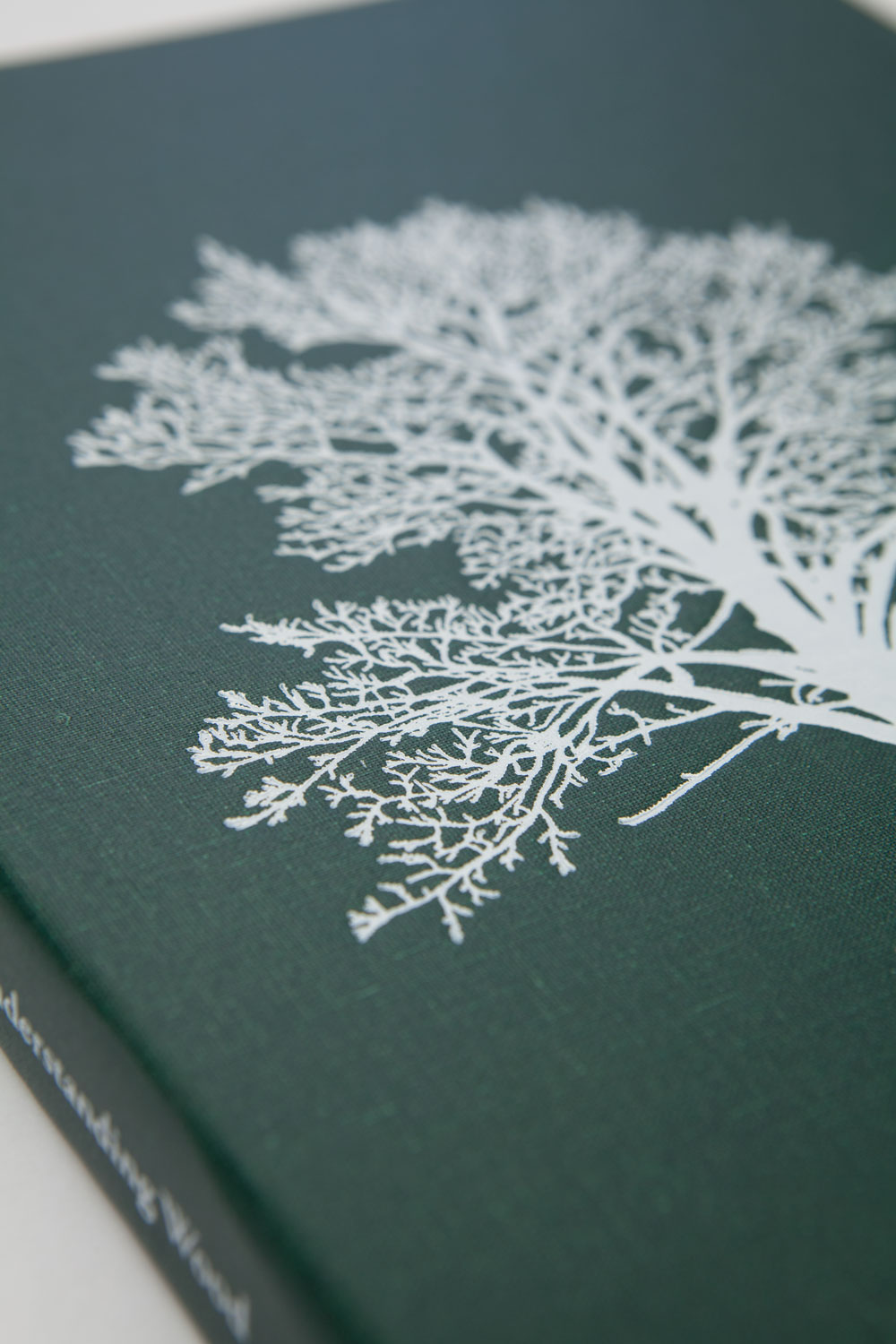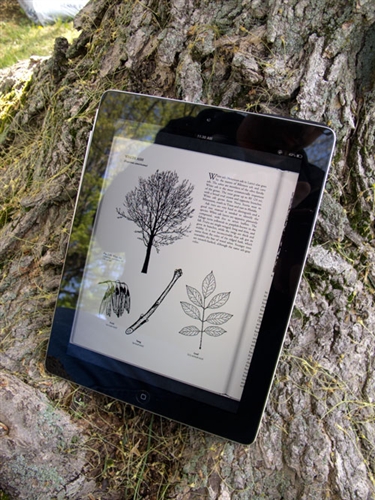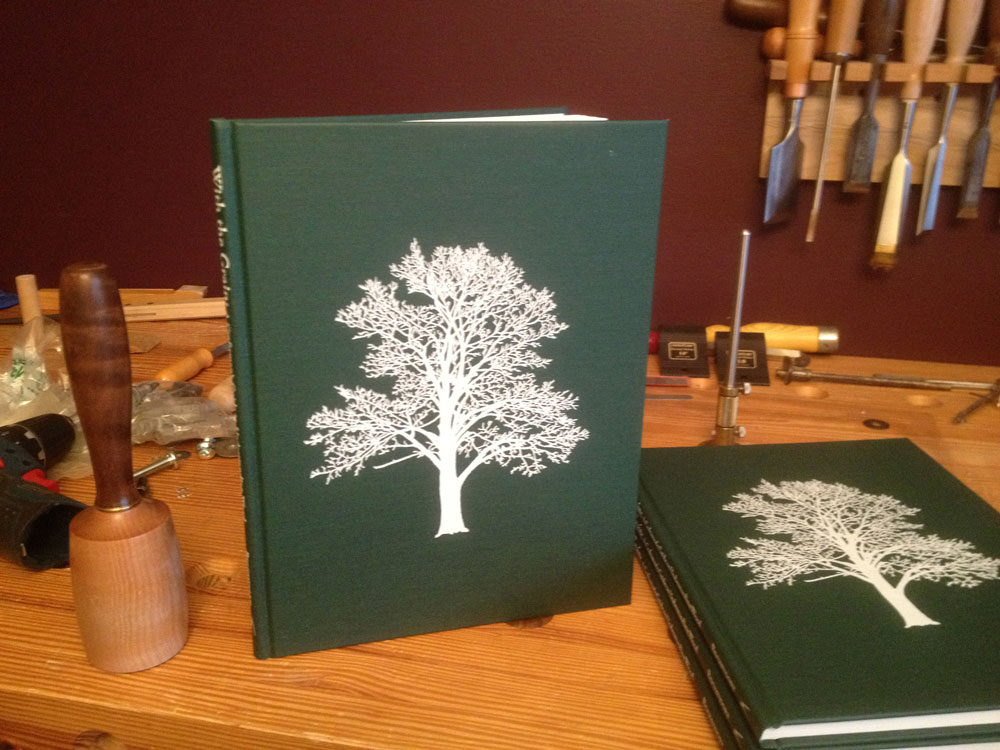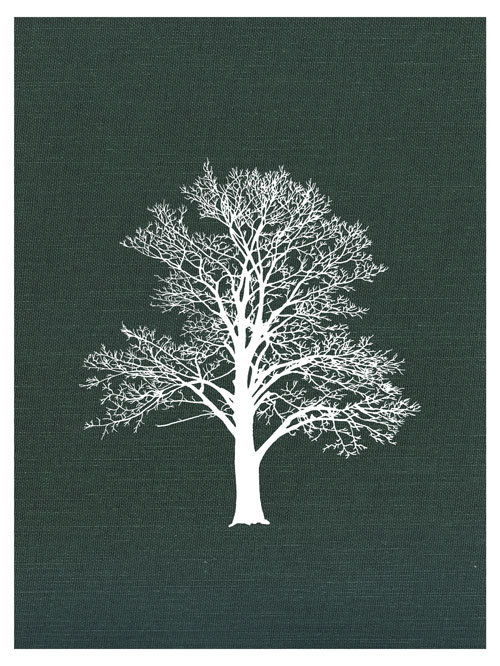
The best thing about leaving the corporate media culture after 22 years was that I restored two words to my lexicon: “yes” and “no.”
During the last two decades, most traditional media slashed production quality – paper size, paper weight, paper coatings, cover stock, binding quality. Think I’m full of crap? Pick up a decent magazine from the 1970s (no, not Nuns & Nazis) and compare it to its stunted and skinny 2013 progeny.
It’s easy to blame the Internet for this, but the real cause is far more nuanced and is not something I like to argue about in the comments of a woodworking blog.
Anyway, back to “yes” and “no.” When we print a book, we spend a lot of time mulling the manufacturing details. Some details you might not notice, but that’s OK. We do. So when our printer says, “That will cost you extra,” our response is almost always, “That’s fine. Do it.”
The cover deboss for Christian Becksvoort’s “With the Grain: A Craftsman’s Guide to Understanding Wood” is a good example. To get a deboss with this level of detail on a cotton cover, we had to invest in a copper die and rounds of experimentation. Most media companies I’ve worked for wouldn’t bother, saying (foolishly) that it wouldn’t help sales.
But we think it makes for a better book. And better books sell for longer than the typical modern 18-month book cycle.
And what about the word “no?” That’s the best part. We can say “no” to publishing books on routers and table saws and birdhouses that will have broader appeal. And we can say “no” to selling our books through home centers and discount booksellers, which choke small bookstores and publishers.
Now that we’ve approved the cover deboss – the bindery can finish the job. The book will be trucked to us shortly. And I hope that when you open your box from Lost Art Press, you will say: “Yes.”
— Christopher Schwarz
Like this:
Like Loading...
 “With the Grain” by Christian Becksvoort is now available as an ePub for iPad and other readers. The cost is $11 and can be ordered in the store here.
“With the Grain” by Christian Becksvoort is now available as an ePub for iPad and other readers. The cost is $11 and can be ordered in the store here.


